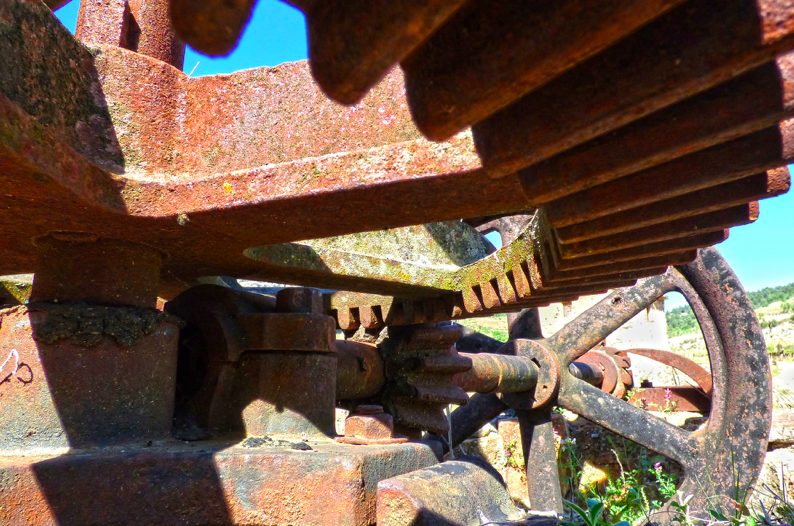Remember chemistry class in high school? Ya, me neither. While we were in the gym, trying to bust things with kickballs, this is what the smart kids were learning.
The definition of Oxidation is something like “the loss of electrons during a reaction by a molecule, atom or ion.” That’s great, but I left chemistry class on day one of tenth grade and never came back. This is more like it – oxidation in lubes is a reaction that takes place between the oil, oxygen and a catalyst, like copper and iron. This reaction doesn’t help things and is a primary concern when formulating lubricants.
When oxidation occurs, it leads to several undesirable outcomes. Increased viscosity, the formation of varnish and sludge, rust formation, foaming and additive breakdown, just to name a few. According to machinerylubrication.com, oxidation is the most predominant reaction of a lubricant in service.
So how do we combat oxidation? Antioxidants of course. Don’t go grinding those chalky Tums pills into your hydraulic system now…lets leave this to the experts. Oxidation can be described as a cycle that will continue to occur until something (an additive in the oil) stops the process. There are different additives used as antioxidants and the selection of base oils used also plays a role as some base oils are more resistant to oxidation than others.
Many different methods are used to determine the oxidation stability of a lubricant – which is usually regarded as the number of hours until a certain level of increased viscosity occurs (aka until it gets to a certain thickness.) The bottom line here is that oxidation is a bad thing in lubricants and if left unchecked, will definitely degrade your lubricant until its no longer usable.
